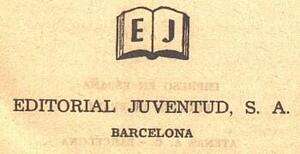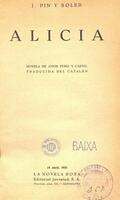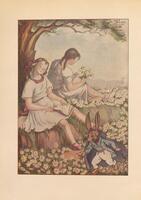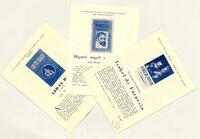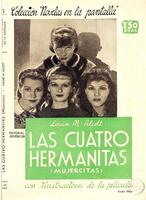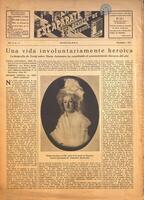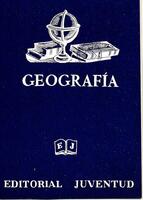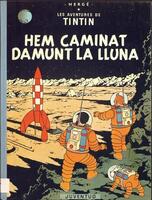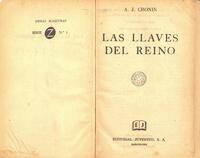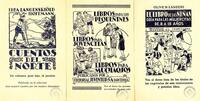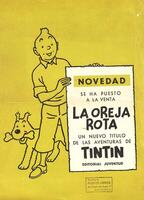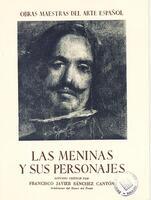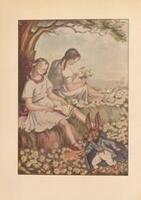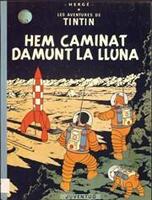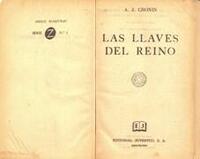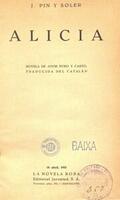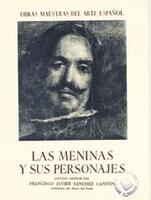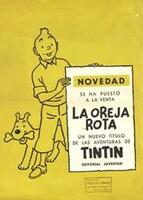Juventud
(Updated 08/10/2024)
Editorial Juventud was founded in Barcelona in 1923. Josep Zendrera, the Molino family and Juli Gilbert initially founded the company to create the imprint, but Zendrera ended up purchasing the others’ shares and becoming the sole owner of the publishing house.
+ informationSearch collections
Editorial Juventud collection in the Arxiu Nacional de Catalunya (National Archive of Catalonia)
Catalogue of publishers and booksellers from the Bergnes de las Casas collection (Biblioteca de Catalunya)
Catalogue of publishers of Catalonia until 1939 (Biblioteca de Catalunya)
More information and documentation on the works produced
Les Edicions infantils i juvenils de l'Editorial Joventut (1923-1969). Tesi doctoral de Mònica Baró i Llambias.
Llanas, Manuel. L'Edició a Catalunya. Segle XX (fins a 1939). Barcelona: Gremi d’Editors de Catalunya, 2005.
Juventud
Description
Editorial Juventud was founded in Barcelona in 1923. Josep Zendrera, the Molino family and Juli Gilbert initially founded the company to create the imprint, but Zendrera ended up purchasing the others’ shares and becoming the sole owner of the publishing house.
It got its start publishing literary works by renowned authors, but it soon began to specialise in sentimental novels, westerns and popular literature in general, as well as illustrated children’s and young reader books by classic and contemporary authors, which stood out for their formal quality and good content. In the late 1950s, Zendrera managed to become the exclusive publishers of Hergé’s adventures of Tintin.
Juventud currently continues to publish literature for children and young readers, along with popular literature, cookbooks, biographies, travel books and volumes on many other topics, but always following the original editorial policy: to make books and reading available and accessible to everyone.
Juventud
Authors
The authors published by Juventud encompass a wide range of disciplines and a wide variety of fields, from Lewis Carroll to Stefan Zweig, along with Hans Christian Andersen and the Brothers Grimm.
Juventud
Illustrators and photographers
As most of the output of this publishing house is literature for children and young readers, illustrators play quite a prominent role. Lola Anglada and Hergé are two examples.
Illustrations by Lola Anglada for Alícia en terra de de meravelles (Alice in Wonderland) and cover of Hem caminat damunt la lluna by Hergé.
Juventud
Collections
Its broad editorial output and wide range of themes are reflected in the numerous collections that the publishing house created. Prominent ones include Libros de Bolsillo Z, Novela Rosa, Novela Azul, Colección Popular Fama and Clásicos y Modernos.
Title pages of the first titles from Libros de bolsillo Z and Novela Rosa.
Juventud
Magazines
Juventud publishes a magazine featuring its latest publications entitled Escaparate: revista de libros.
Title page of the second issue.
Juventud
Outstanding works
Juventud’s output is grouped into three main parts. The first is heterogeneous and essentially includes literary works, travel books, biographies, art and sociology. The second group is literature for children and young readers. And the third is sentimental novels and popular literature in general.
Advertising brochures for different works.
